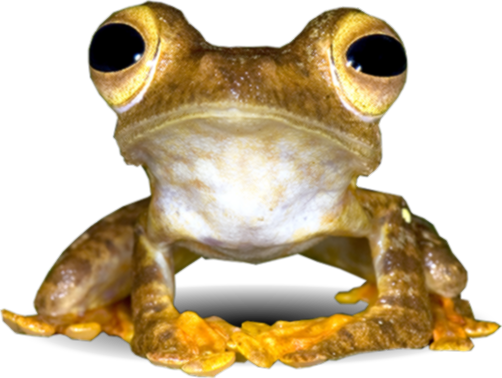Johannesteijsmannia perakensis J.Dransf. (Arecaceae) is the only member out of four in its genus that has an erect stem (Dransfield, 1972) and can grow up to 5 m tall. Its gigantic, elegant diamond-shaped leaves fan out like a beacon in the lower forest canopy, presenting an awe-inspiring sight. This princely palm is locally known as ‘daun payung’ (umbrella leaf) and the broad leaves can come in handy to save you from being drenched in the rain.
The seedlings and juveniles of this species are very similar to those of J. altifrons and the two species are morphologically difficult to differentiate at these stages. However, they are easily identified when in flower or fruit; in J. perakensis the rachillae (flower bearing structure) are much branched and spaced out and the fruit is darker brown with more pointed knobs compared to J. altifrons. The other obvious character is, of course, the erect stem of the adult J. perakensis, as mentioned earlier. The other three species of Johannesteijsmannia which are also found in Peninsular Malaysia, are understorey plants and considered acaulescent, i.e. stemless or with the stem inconspicuous, because their short stems are buried underground.
J. perakensis is endemic to Perak (after which it is named) and to the southernmost part of Kedah. In Perak, it is locally abundant on specific mountain ranges and forest valleys. The species has been assessed as endangered, chiefly because of loss of habitat due to forest conversion (Chan et al., 2011). It needs to be conserved and it is encouraging that the Putrajaya Botanical Garden has immortalised this magnificent palm in its official logo.
